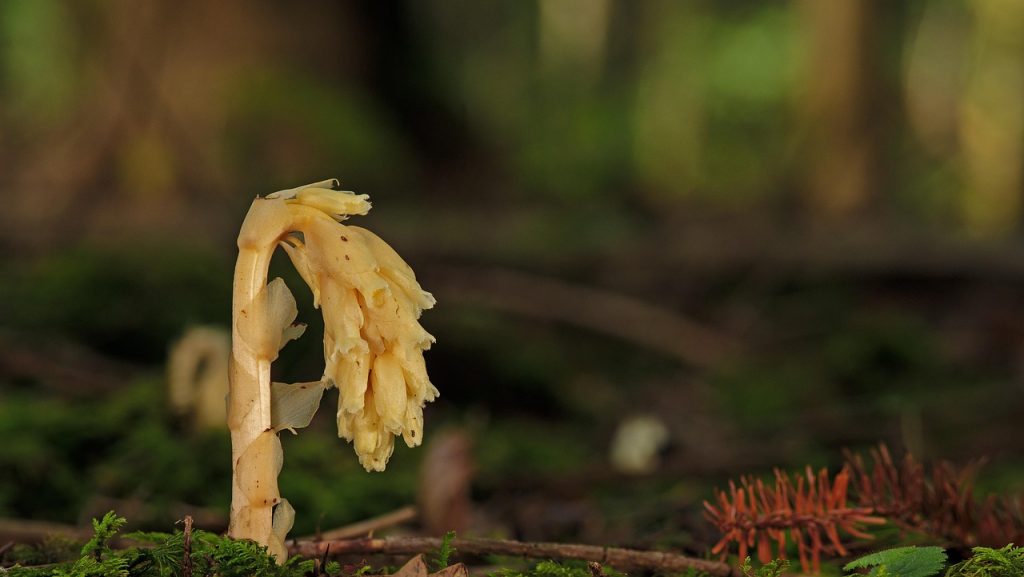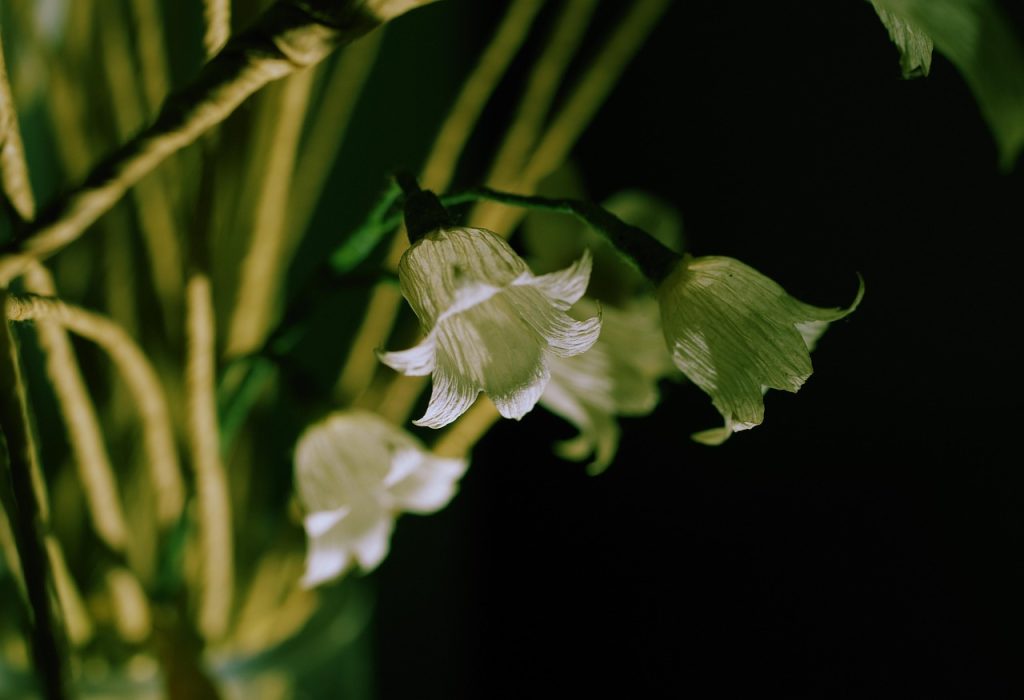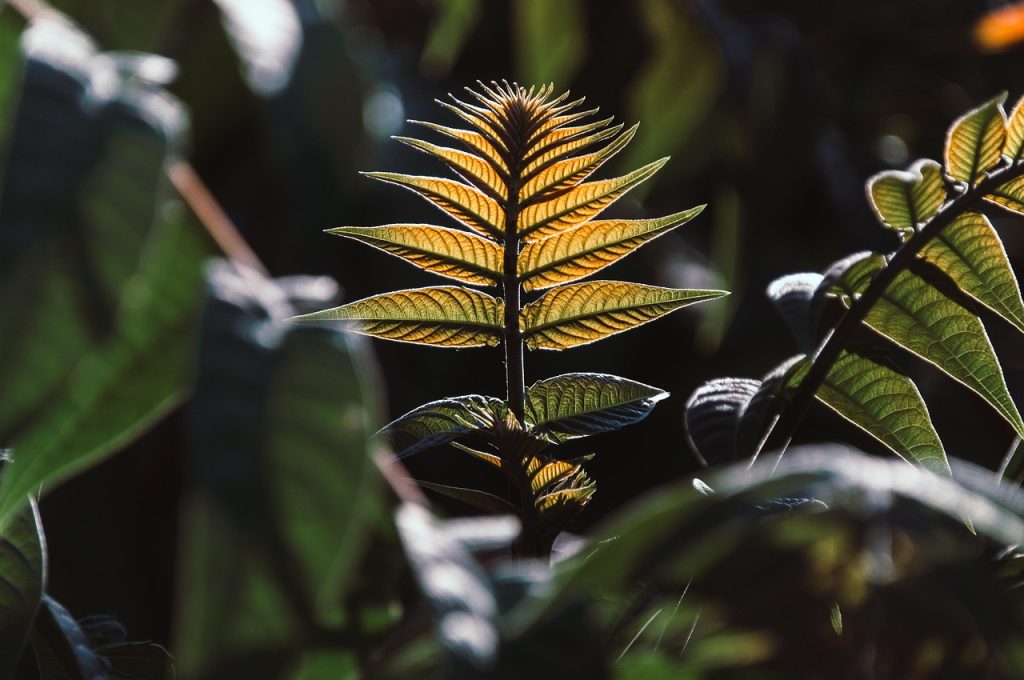Photosynthesis is the life-sustaining process that powers nearly all ecosystems on Earth. It is the way plants convert sunlight, carbon dioxide, and water into glucose for energy and release oxygen as a byproduct. But not every part of a plant participates equally in this process. Some tissues are highly specialized for capturing light and carrying out photosynthesis, while others serve supportive roles. If you’ve ever wondered where most photosynthetic cells in plants are found, the answer lies primarily in the leaves, especially within their specialized tissue layers. However, stems, young shoots, and even certain flowers can contribute to photosynthesis too, though to a much smaller degree.
Let’s dive deep into the structure, function, and location of these cells.

The Primary Site: Leaves
Leaves are the primary organs of photosynthesis in most plants. They are thin, broad, and packed with chloroplasts—the cellular structures that contain chlorophyll, the green pigment essential for capturing light energy.
- Why leaves?
Their flat, wide surface provides maximum exposure to sunlight. Veins distribute water and minerals efficiently, while specialized pores (stomata) allow carbon dioxide to enter and oxygen to leave. - Key tissue:
Most photosynthetic activity takes place in the mesophyll layer of leaves, which is divided into two parts:- Palisade mesophyll – Located beneath the upper epidermis, this layer contains tightly packed, column-like cells rich in chloroplasts. These cells account for the majority of photosynthetic output.
- Spongy mesophyll – Located beneath the palisade layer, these cells are loosely arranged with air spaces between them. They also contain chloroplasts, but their main role is to facilitate gas exchange.
In short, most photosynthetic cells in plants are found in the palisade mesophyll of leaves, with support from the spongy mesophyll.
Role of Chloroplasts
Photosynthetic cells work because of their chloroplasts. Each chloroplast contains stacks of thylakoid membranes called grana, where light-dependent reactions take place. The surrounding fluid, the stroma, hosts the Calvin cycle, which converts carbon dioxide into sugars.
- High concentration: Palisade mesophyll cells can contain up to 40–50 chloroplasts per cell, making them powerhouses of photosynthesis.
- Distribution: Spongy mesophyll cells have fewer chloroplasts but still contribute.
This concentration of chloroplasts explains why leaves appear so vividly green and are the most efficient sites for photosynthesis.
Photosynthesis Beyond Leaves
While leaves are the main photosynthetic organs, they are not the only ones. Some plants and structures also carry out photosynthesis:

1. Green Stems
- In plants with thin, green stems (like herbs), the epidermal cells contain chloroplasts that carry out photosynthesis.
- Woody stems, however, are covered in bark and don’t contribute much to photosynthesis.
2. Young Shoots
- Immature shoots and branches may be green before they develop thick protective layers.
- These contribute to photosynthesis, especially before leaves mature fully.
3. Specialized Plants (Succulents and Cacti)
- In desert plants, like cacti, leaves are reduced to spines. Photosynthesis instead occurs in the thick, fleshy green stems.
- These stems contain chlorenchyma (photosynthetic tissue), allowing the plant to survive harsh conditions.
4. Fruits and Flowers
- Some unripe fruits (like green apples or bananas) contain chloroplasts and can photosynthesize to support their growth.
- Certain green flower parts, like sepals, also have photosynthetic activity, though very limited compared to leaves.
Why Most Photosynthetic Cells Are in Leaves
There are several evolutionary reasons why plants concentrate photosynthesis in their leaves:
- Maximum Light Capture: Leaves have a large surface area compared to stems or roots.
- Efficient Gas Exchange: Leaves contain stomata that regulate carbon dioxide intake and oxygen release.
- Optimal Structure: The arrangement of palisade and spongy mesophyll allows both maximum light absorption and gas circulation.
- Resource Distribution: Veins in leaves deliver water and minerals from roots and transport sugars produced in photosynthesis to other parts of the plant.
This combination of structure and function makes leaves the perfect organ for photosynthesis.
Roots and Photosynthesis
Roots generally do not photosynthesize because they are underground and lack exposure to sunlight. However, in a few exceptions (like aerial roots of orchids or mangroves), roots may contain chlorophyll and contribute minimally to photosynthesis. But for the majority of plants, roots focus on water and nutrient absorption, not energy production.

Summary Table: Photosynthetic Activity in Plant Organs
| Plant Organ | Photosynthetic Role | Key Feature | Contribution Level |
|---|---|---|---|
| Leaves (Palisade mesophyll) | Primary site of photosynthesis | High chloroplast density | Very High |
| Leaves (Spongy mesophyll) | Supports photosynthesis, gas exchange | Loosely packed with air spaces | Moderate |
| Green stems | Secondary photosynthesis | Thin epidermis with chloroplasts | Low to Moderate |
| Young shoots | Temporary photosynthesis before leaf maturity | Chlorophyll in soft tissue | Low |
| Succulent stems (e.g., cacti) | Main photosynthesis site in desert plants | Chlorenchyma tissue | High (specialized plants) |
| Fruits/Flowers | Minor role in growth stage | Green unripe fruits or sepals | Very Low |
| Roots | Almost none (except aerial roots) | Underground, no light exposure | Negligible |
Final Thoughts
So, where are most photosynthetic cells in plants found?
The answer is clear: in the leaves, specifically the palisade mesophyll cells, where chloroplasts are packed densely to capture light and produce food for the plant.
While other plant parts—like green stems, young shoots, or even unripe fruits—may contribute to photosynthesis, their role is minor compared to the leaves. In specialized desert plants like cacti, photosynthesis occurs in stems instead of leaves, showing how plants adapt to their environment.
Understanding this process not only explains how plants survive but also highlights why protecting green cover is crucial for maintaining life on Earth. Without the billions of photosynthetic cells in leaves around the world, the oxygen we breathe and the food we eat would not exist.